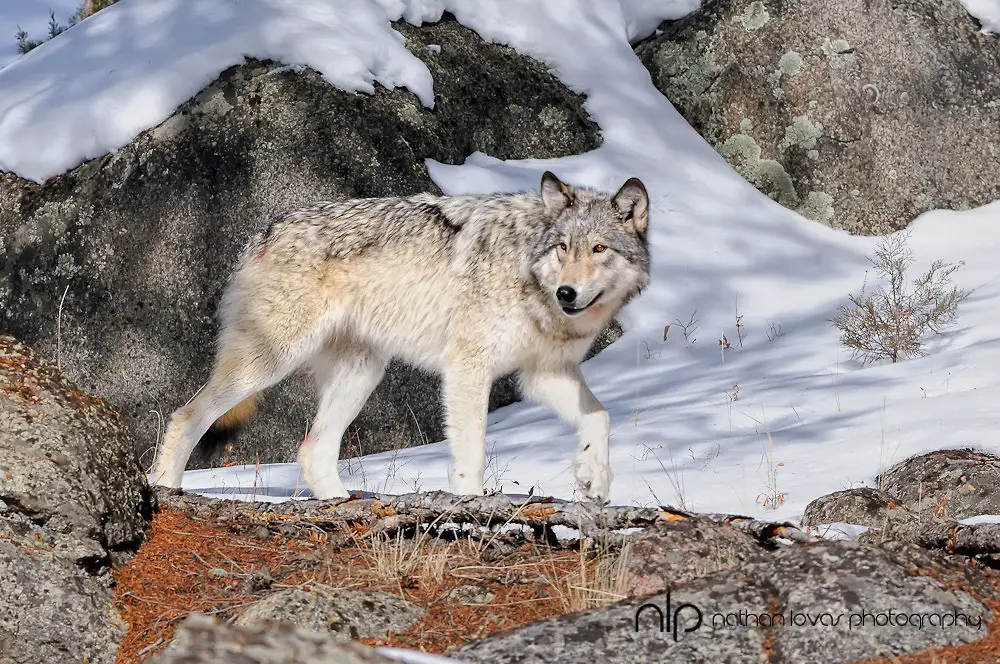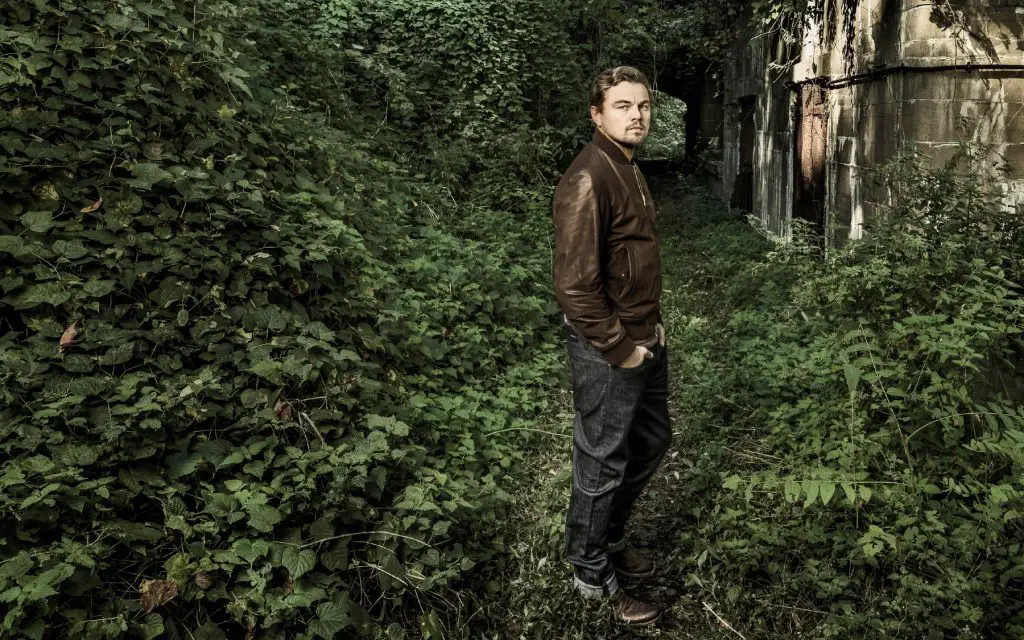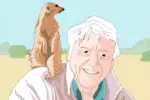Crying Wolf
DiCaprio’s involvement in telling the remarkable story of a Yellowstone wolf is a reminder that celebrities can use their fame for good.
By Isabella Waldron, Scripps College
Although Leonardo DiCaprio is better associated with the “Wolf of Wall Street” than with actual wolves, he is an activist for global conservation, donating over $15 million to environmental organizations.
His newest development, “American Wolf,” hints that his role as a wildlife activist may be expanding to that of wolf conservationist. The book behind “American Wolf,” which is being written by Nate Blakeslee, tells the story of a female wolf of Yellowstone Park, fondly called ’06 by her human admirers.
’06 has been called “the Angelina Jolie of wolves.” No, she did not adopt hundreds of pups or begin charity work abroad; she was a strong, capable female and followed none of the typical rules of female wolves.
While most female wolves find a mate and start raising their pups as soon as they leave their homes, ’06 ignored the precedent and instead become the alpha-female of Yellowstone. She had as many as five different wolf suitors in a season but was never satisfied, so she rejected all her suitors before finally settling for a pair of brothers, who were much younger (and supposedly less intelligent) than she.

Researchers that tracked ’06 noted that she was agile, a capable hunter and incredibly smart. After giving birth, she and her pups were surrounded by a pack of sixteen wolves. ’06 could not run as fast as usual, but she tried anyways. When the wolves cornered her at the top of a cliff, she found a small gully and managed to escape from them. She had taught her children to look out for themselves (shout out to mothers), and her eldest daughter led the encroaching wolves away from the den. The opposing pack of wolves never tried to come close to the wolf family again.
Unfortunately, the queen of Yellowstone could not outsmart the loose wolf-hunting laws of Wyoming, and she was shot in 2012 by an unnamed hunter. The death of ’06 prompted worldwide outrage by wolf conservation communities and those that loved the spunky wolf. Allegedly, author Blakeslee was able to track down the hunter who shot ’06, though I hope the focus of the film is on the wolves of Yellowstone themselves.
So, can a movie with Leonardo DiCaprio’s name behind it really make a positive contribution to wolf conservation? I think so. Educational movies, when well-done, can appeal to audience’s empathy and compassion, urging them to join in and take action for a cause. Past examples can be seen in films such as “Food Inc.,” which raised greater consciousness among viewers about issues in the food industry.

Wolves are also animals that people can connect with, because they are fluffy and highly reminiscent of dogs. If you’re not convinced, watch this live stream of an adorable wolf hanging out in his cave.
Although it may seem wrong to some, movies that have a famous person involved will also likely garner more attention. Imagine hearing that Leonardo DiCaprio is in a new movie. “Something about wolves?” your friend guesses. You think back to Leo in “Titanic” and “Romeo and Juliet,” and how handsome and charming he was. You think about how much you want that vat of buttery movie popcorn. So, you end up going with your friend to see the film, drawn not by the plot but by the subtle glint in Leo’s eyes.
You might sit down in the film, realize it is about saving the wolves and think, “I don’t really have any huge investment in wolf conservation.” So what? By then, you are already in the movie theater, with nothing to do but devote yourself to two hours of footage. The mere act of visually observing the issues that wolves are facing would potentially promote compassion for wolf conservation.
Even now, the legality of wolf hunting is a relevant problem. Oregon, best known for the bands of craft-brew-loving, recycling hipsters that inhabit Portland, is facing controversy over changes in wolf conservation policy. The Oregon Department of Fish and Wildlife has put forth a proposal that would turn over the job of hunting problem wolves, animals that attack livestock, to ordinary hunters. The proposal will go forth to a hearing on April 21, making “American Wolf” even more valuable to engage and educate the public.
Although the movie does not currently have a scheduled release date, I hope “American Wolf” will be coming soon. Yes, wolf conservation is not on the front of most people’s (including DiCaprio’s) minds right now because there are oceans to be saved, atmospheres to be protected and renewable power sources to be implemented. But all these pressing environmental issues merely illuminate the fact that, more than ever, conservation efforts need strong voices to back them.
If DiCaprio follows through, “American Wolf” could make a real difference, and if other celebrities follow suit by speaking up about environmental issues, there involvement could lead to some remarkable changes.


















[…] via Leonardo DiCaprio: From Wolf of Wall Street to Wolf Conservationist […]